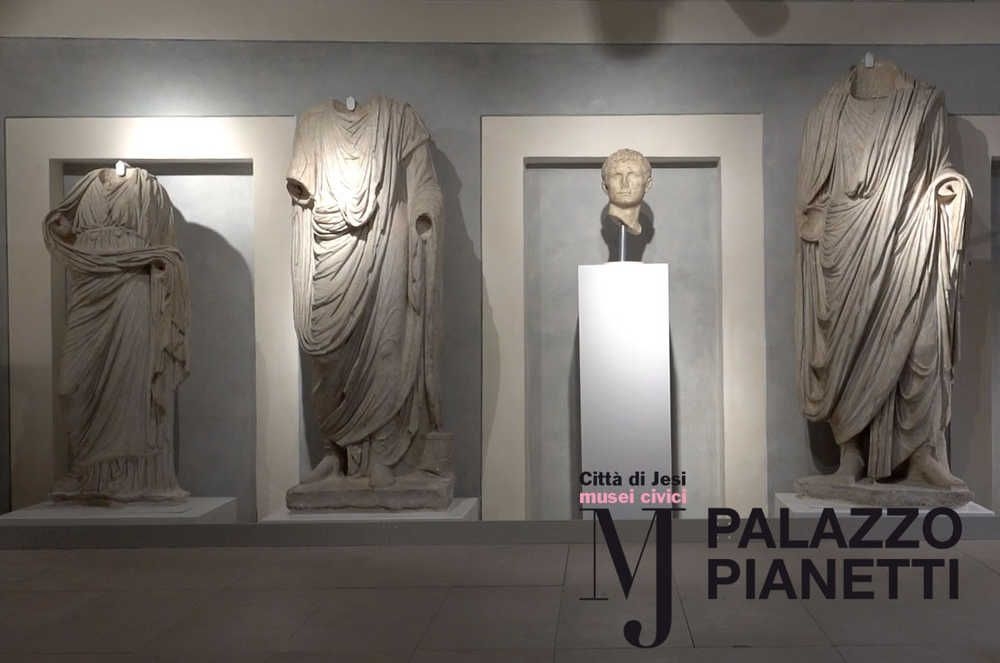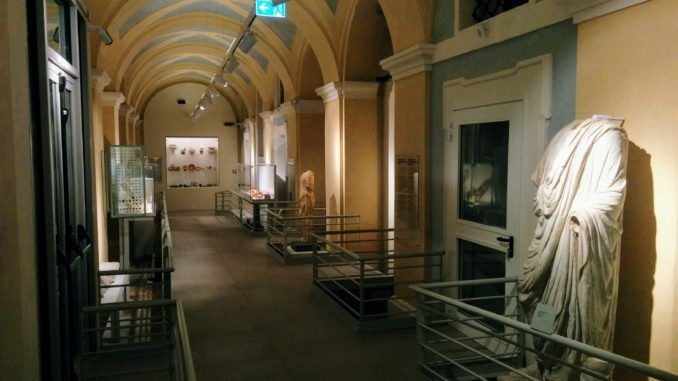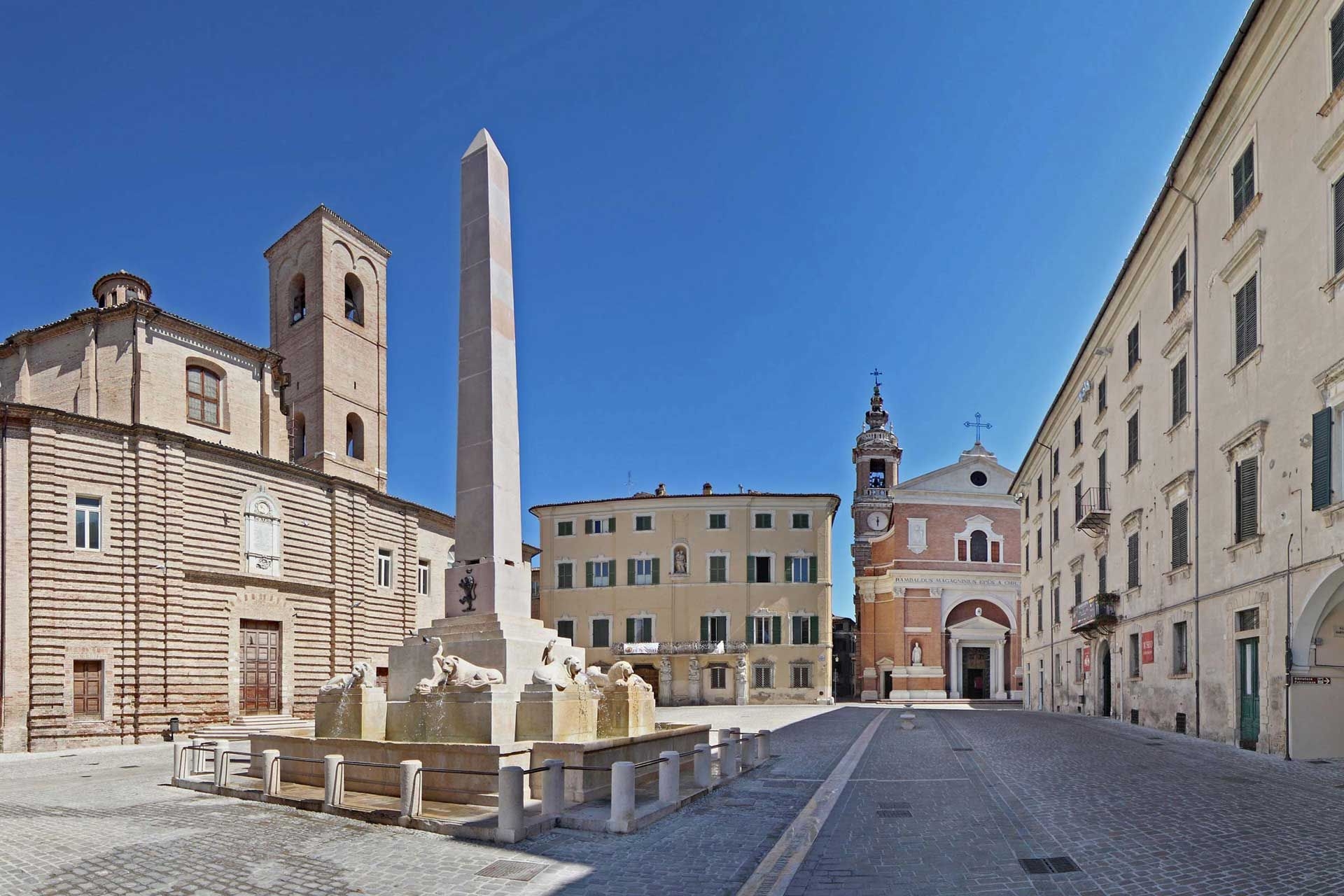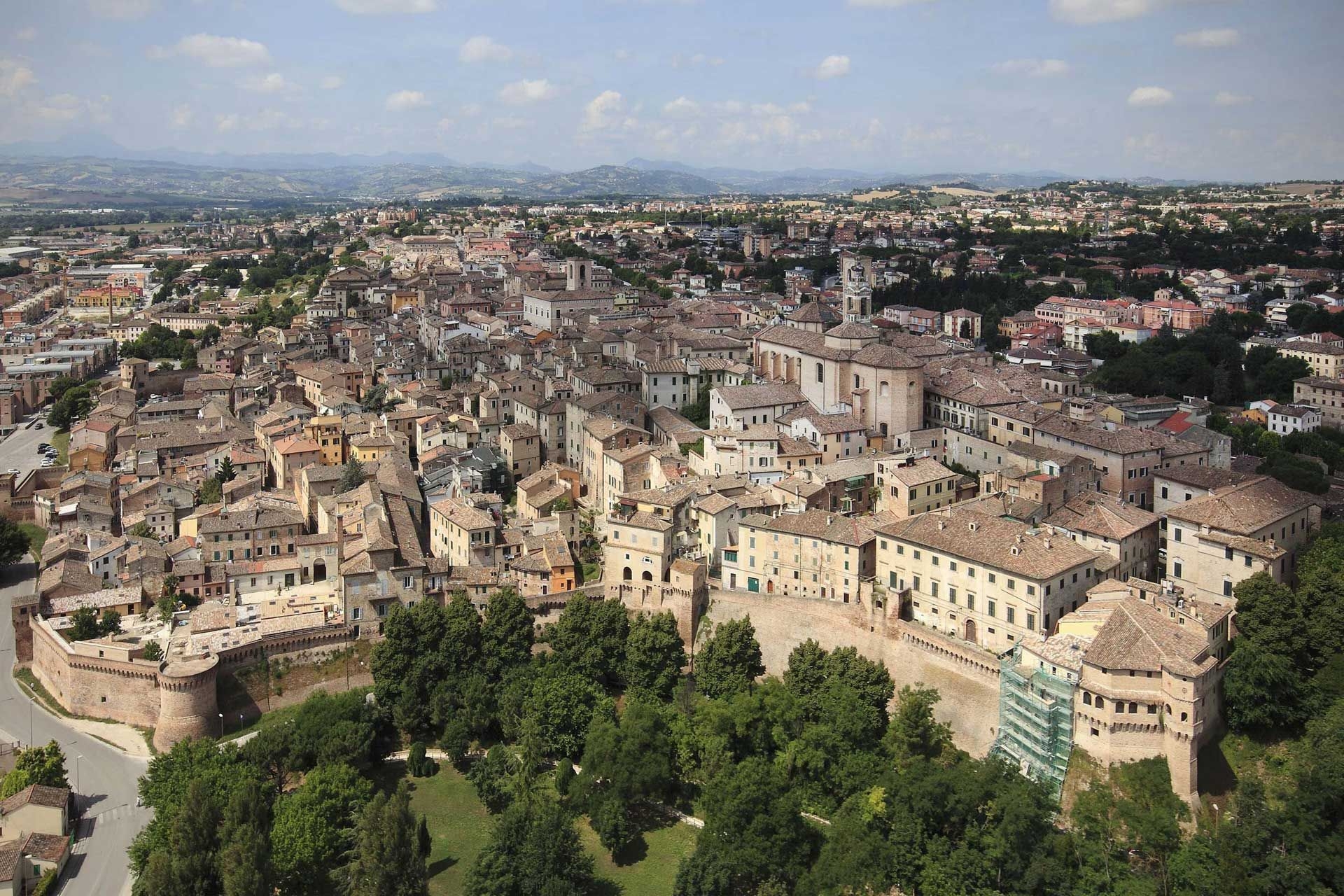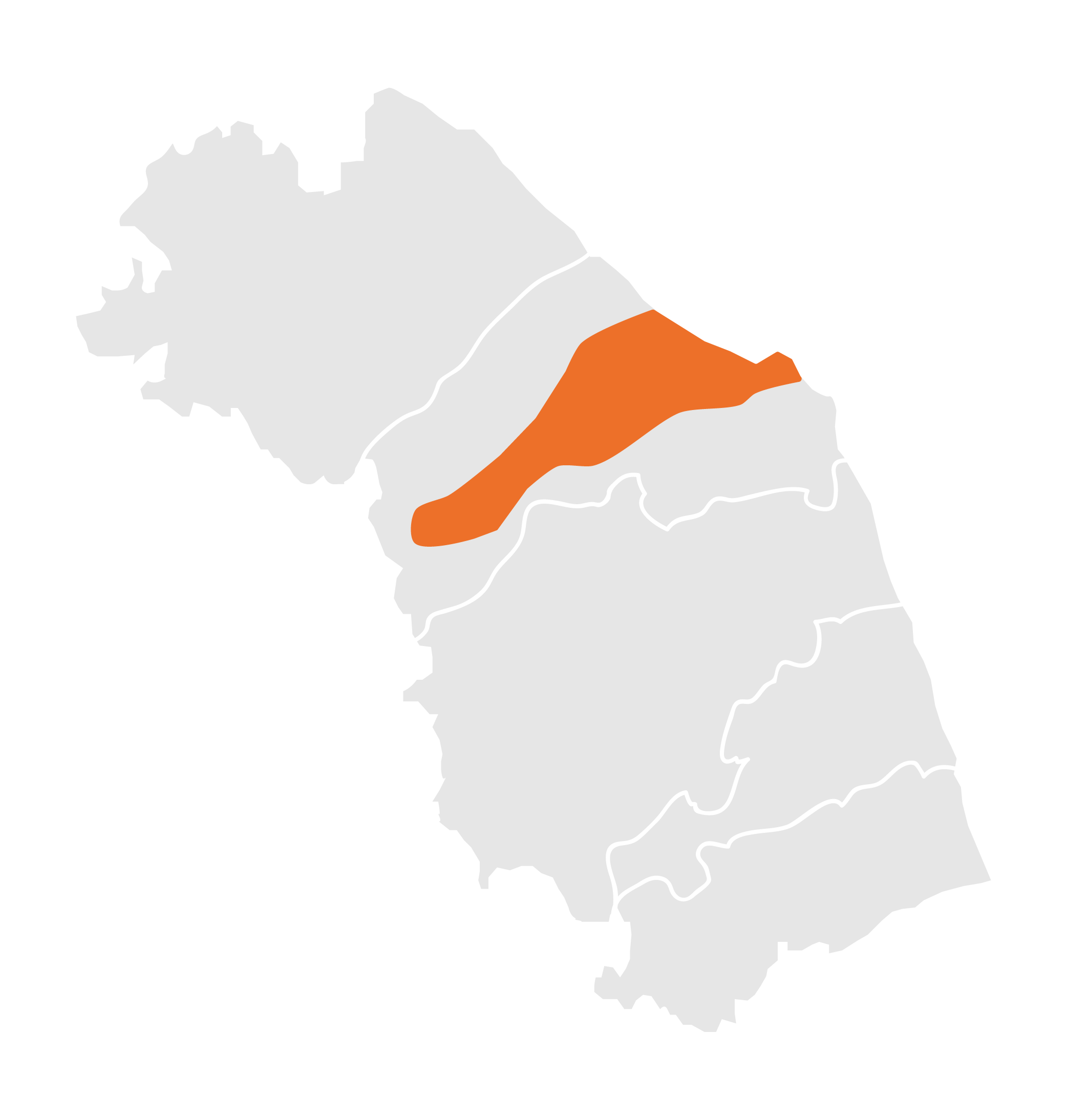
Built on the highest alluvial terrace, about 90 meters above sea level on the left bank of the river Esino, the city of Jesi boasts very ancient origins. The earliest evidence of the human presence in the area dates back to the Bronze Age and to the Iron Age, as attested to by the findings of Attic pottery and materials of the Picene age. Following the Battle of Sentinum of 295 BC and the consequent Roman conquest of the Ager Gallicus, the area was affected by an intense attendance of Roman citizens that led to the formation, in approximately 247 BC, of a small administrative center, officially becoming a colony, in all likelihood, between 180 and 150 BC. Aesis developed in a strategic area: not only did it control the middle valley of the Esino, but also the Via Flaminia, an important consular road linking Rome to Ariminum, as well as the Salaria Gallica, a road linking the Via Flaminia with the Salaria, crossing the main centers of the middle valleys such as Asculum, Falerio, Urbs Salvia, Ricina, Aesis, Ostra, Suasa and Forum Sempronii. This was therefore an area of great economic and commercial interest, whose liveliness has been demonstrated by the most important discovery in the city to date: the workshop for the production of Black-gloss ware located in the Campo Boario area and active since half of the 3rd century BC. Little is still known about the urban organization of Aesis. To date, the location of the forum is assumed to have been at the point where the main road axes must have met, generating a square grid: the current Piazza Federico II. From here comes the statuary cycle of Julio-Claudian age in which the faces of Augustus, Tiberius and Caligula are recognized; to these are added seven acephalous statues presumably referable to the imperial family. In the area bordering the Piazza, the remains of a large thermal complex, of unidentified ancient structures and of the Roman theater have been found. As for the Roman walls, we can deduce its course by analyzing the defensive curtain of the Middle Ages, which seems to have roughly followed its perimeter.
We have found no place to eat in the vicinity
We have found no place to sleep in the vicinity
Vino e olio, eccellenze dell’agricoltura e della gastronomia marchigiana, sono da sempre al centro dell’economia e dell’identità culturale locale, come testimoniano i numerosi impianti per la produzione olearia e vinicola presenti sin dall’età picena nella regione. Il viaggio alla scoperta del territorio dedicato all’antica produzione dell’olio e del vino ci conduce lungo la Salaria Gallica, strada che collegava Fossombrone ad Ascoli Piceno passando per le principali colonie romane, immerse nelle verdi colline marchigiane.
Nelle zone di confine dell’entroterra marchigiano i principi umbri di Camerino vivevano a contatto con numerosi villaggi, anch’essi retti da principi guerrieri piceni. I pregevoli corredi delle necropoli, risalenti alla fine dell’VIII - inizi VI sec. a.C., documentano i fitti scambi con l’oriente greco e con l’Etruria e attestano il ruolo cruciale di queste popolazioni nei traffici mercantili tra Adriatico e Appennino, che essi controllavano e da cui traevano le loro ricchezze.
Da sempre luogo di incontro di varie culture, l’Ager Gallicus è il territorio marchigiano compreso tra l’Esino e il confine settentrionale della regione, così denominato dai romani in quanto occupato sin dalla fine del IV sec. a.C. dalla tribù celtica dei Galli Senoni. In questo contesto nel 295 a.C. si consumò una delle battaglie fondamentali della storia romana, avvenuta a Sentinum, che ha determinato le sorti dell’occupazione romana fino alla costa adriatica. Attraverso i siti e i Musei Archeologici di questi territorio verrete a contatto con le diverse civiltà che vi hanno convissuto intrecciando stretti legami culturali e mercantili.

|
Address | Piazza Indipendenza 1 Jesi |
